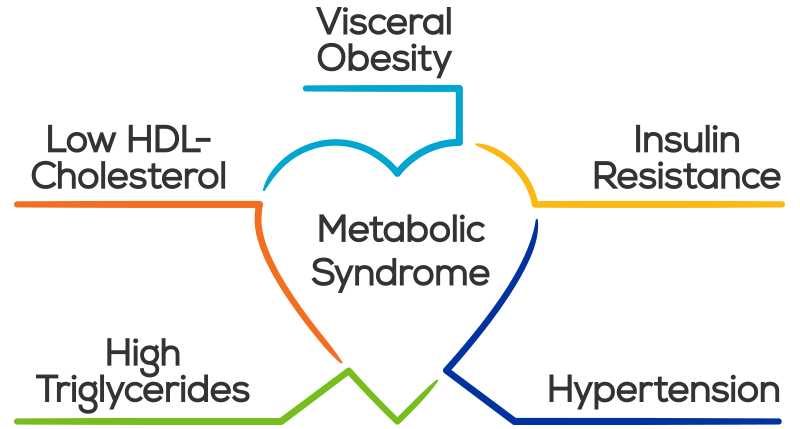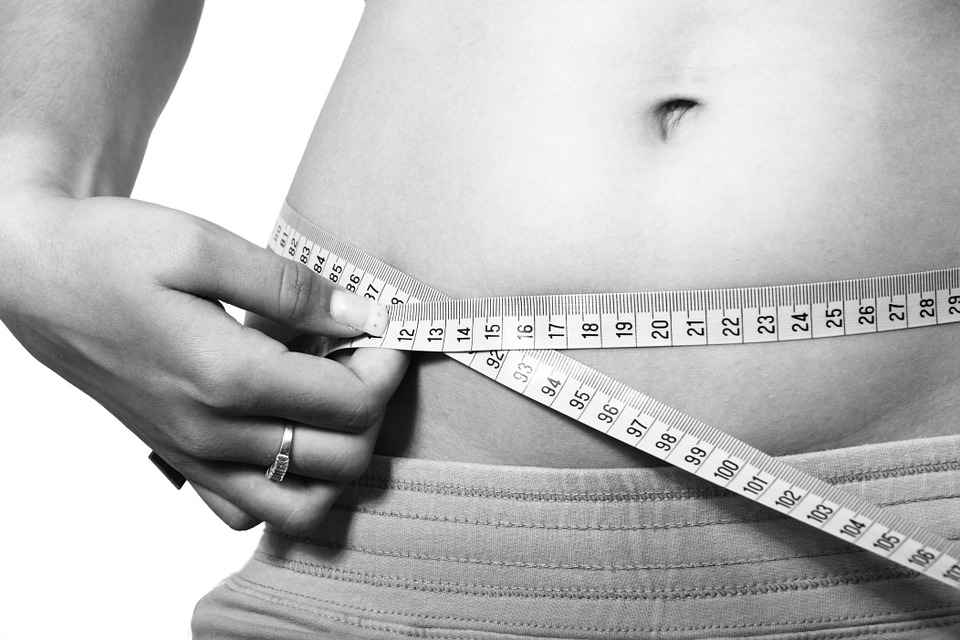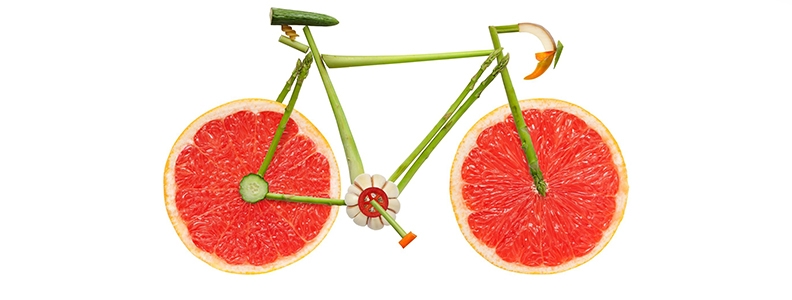By Marilyn Lemaire and Isabella Walton, Naturopaths at VIVE
I wrote this article on Metabolic Syndrome because I have an intense interest on how prolonged sitting contributes to this syndrome (prolonged sitting is covered here). This article precedes that, intended to generate awareness of this lifestyle disease. “Lifestyle Diseases” cripple our health care system and it is important that we discover a strategy that will inspire us to stay active and make better health choices.
So, do you fit the risk factors for Metabolic Syndrome?
If you can ‘tick yes’ to any of these, or if you are unsure, I would recommend a visit to your healthcare practitioner. 
– Waist circumference greater than 80 cm in women, and greater than 94cm in men
– High triglycerides
– Low levels of HDL cholesterol
– High blood pressure
– High blood sugar
Poor Lifestyle Choices, Poor Health Outcomes
“A sedentary lifestyle is a major contributor to the increase of metabolic syndrome that is causing an increase in chronic disease.”
There is an increase in obesity but more concerning is the increase of abdominal obesity. Abdominal obesity refers to the amount of fat carried around the waist that is excessive, predisposing the individual to Metabolic syndrome. Metabolic syndrome is a serious risk factor for type 2 diabetes and cardiovascular disease with insulin resistance appearing to be at the basis of this condition (1). Insulin resistance is the inability of the body to utilise released insulin, despite sufficient production of this hormone. Abdominal obesity is a risk factor for the development of insulin resistance. The outcome of this is that the body produces more insulin and/or the effectiveness of the insulin is reduced. The authors Bone & Mills classify insulin resistance, and type 2 diabetes as the curse of modern lifestyle.
In 2008, the Australian Government launched a campaign to inform the public about the risks associated with excessive abdominal fat. King (2) reviewed the results of the campaign and found that as a result of the campaign, five times more Australians were aware of an unhealthy abdominal circumference but there were no notable changes to the health of individuals and no notable life style changes.
Because of huge financial costs, the Australian Government has a financial interest in motivating people to being proactive in making lifestyle changes. King (2) reports that obesity and overweight individuals cost the Australian community in excess of $21 billion annually. The statistics, as reported by King (2), show that 68% of Australian men and 55% of Australian women are classified as either overweight or obese. Along with these statistics, it was also reported that 70% of Australian adults are either sedentary or do very little exercise (3). The factors that contribute to the epidemic of obesity and increased abdominal fat could be changed by each individual. The puzzle is how each individual can be motivated or inspired to make the necessary changes.
In summary, King (2) found that the 2008 campaign increased the awareness of the risks associated with abdominal fat but did little to inspire people to make the suggested lifestyle changes. The conclusion was that this initial campaign was possibly a stepping stone and that further awareness is required in order to bring about necessary lifestyle changes.
So what will it take for you? What will inspire you to make a lifestyle change? It’s important to re-iterate, that Metabolic Syndrome is a lifestyle disease. Your choices are significant.
These tips will help you take the next step with positive lifestyle changes to influence a healthier you…
- Don’t be overwhelmed. Any change you can start with, and stick to, begin there!
Don’t worry about trying to do everything at once.
- Start by increasing your vegetable intake. The World Health Organization recommends 5 serves per day as a minimum. Five. Note that 1 serve is 1/2 cup of vegetables, or 1 cup of salad. Commit to meeting this requirement every day. Why not try Bella’s Supercharged Veggie Scramble.
- Focus on the foods you can add in (like vegetables) and less on the foods to take out of your diet. In doing this, you will notice that the poorer food choices will naturally get pushed out, as you will feel satisfied with the abundance of healthy options.
- Spend more time standing rather than sitting. Check out the activities you can do standing at the kitchen bench. Increase your daily walk. Remember time spent vacuuming, gardening, doing housework and walking around all help.
- Be persistent. You won’t change everything overnight, you’ll have set backs and disappointments. Persist in making healthy choices and you will see the benefit – both short and long term.
We’d love to see how you are making lifestyle changes to improve your health. Be sure to tag us on social media @vivehealth #vivehealth – We’re all in this together! Let’s build community and inspire one another.




